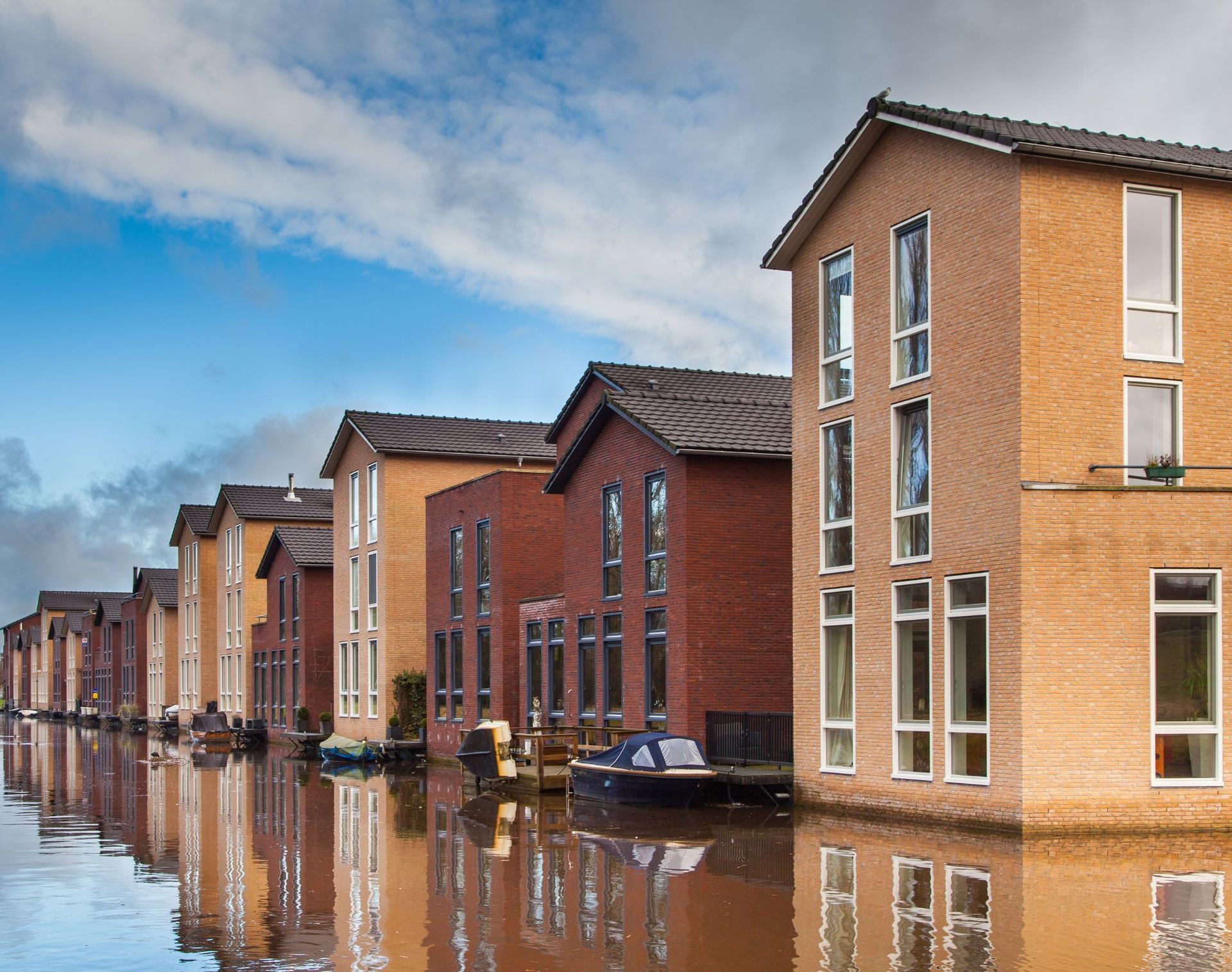Protecting New York Restaurants, Bars, and Nightclubs: Which Policies Matter Most?
See How We're Different
or call us: 646-600-8881
New York City’s vibrant hospitality scene, encompassing thousands of restaurants, bars, and nightclubs, is a cornerstone of the city’s economy and cultural identity. With over 23,650 establishments employing more than 317,000 people and generating billions in wages, this sector not only fuels local livelihoods but also attracts millions of visitors annually. However, the dynamic nature of the industry, coupled with evolving consumer preferences and economic uncertainties, demands thoughtful policies that safeguard its future. Understanding which policies matter most requires a close look at current trends, economic data, and the unique challenges faced by these businesses.
As of 2023, optimism among New York City hospitality operators stands at 43%, reflecting cautious hope despite ongoing challenges. This sentiment underscores the need for policies that foster stability, innovation, and growth. This article explores the key policy areas that can protect and empower New York’s restaurants, bars, and nightclubs, ensuring they continue to thrive in an increasingly competitive landscape. For a detailed overview of the industry’s current state, visit the New York City Hospitality Alliance.
Economic Impact and the Importance of Workforce Support
The hospitality industry in New York City is a major economic engine. In 2019, it provided over 317,800 jobs and paid $10.7 billion in wages, highlighting its role as a critical employer in the city. Protecting this workforce through policies that promote fair wages, job security, and training opportunities is essential.
Workforce development policies that support skill-building and career advancement can help restaurants and bars maintain high service standards while reducing turnover rates. Given the labor-intensive nature of these businesses, retaining experienced staff directly impacts customer satisfaction and profitability.
Moreover, ensuring access to healthcare and benefits for hospitality workers can enhance job stability and attract talent. Policies that encourage or subsidize such benefits will not only improve employee well-being but also strengthen the industry’s resilience against economic downturns.
In addition to direct financial support, fostering a culture of inclusivity and diversity within the hospitality workforce can lead to a more innovative and dynamic service environment. By embracing employees from various backgrounds, businesses can tap into a wider range of perspectives and ideas, ultimately enriching the customer experience. This diversity not only reflects the vibrant tapestry of New York City itself but also positions establishments to better cater to an increasingly diverse clientele.
Furthermore, investing in technology and training programs that enhance operational efficiency can significantly benefit the hospitality sector. Automation and digital tools can streamline processes, allowing staff to focus more on customer engagement rather than mundane tasks. As the industry continues to evolve, adapting to new technologies will be crucial for maintaining competitiveness and ensuring that workers are equipped with the skills needed for the future. This proactive approach not only safeguards jobs but also empowers employees to thrive in an ever-changing landscape.
Regulatory Frameworks That Encourage Business Growth
New York’s hospitality businesses operate under complex regulatory environments, including health codes, licensing requirements, and zoning laws. Streamlining these regulations can reduce administrative burdens and allow operators to focus more on innovation and customer experience.
For example, simplifying the process for obtaining liquor licenses or permits for live entertainment can encourage more venues to diversify their offerings. This is particularly important as trends show a 12% increase in bars offering live music or entertainment over the past five years, which has become a significant revenue driver. Moreover, the integration of local artists and musicians not only enhances the cultural fabric of the city but also fosters community engagement, drawing in patrons who are eager to experience unique, local talent.
Additionally, policies that support outdoor dining and flexible operating hours can help establishments adapt to changing consumer behaviors and seasonal fluctuations. The ability to expand seating outdoors or extend hours has proven vital for many businesses, especially during recovery phases from economic disruptions. This adaptability has been particularly beneficial in the wake of the pandemic, where outdoor dining became a lifeline for many restaurants, allowing them to maintain operations while adhering to health guidelines. As a result, cities that prioritize such initiatives often see a boost in foot traffic and overall economic activity in their neighborhoods.
According to the New York City Hospitality Alliance, nearly 20% of operators remain uncertain about the future, emphasizing the need for regulatory clarity and support to build confidence. This uncertainty can stifle investment and innovation, as business owners may hesitate to take risks without a clear understanding of the regulatory landscape. Furthermore, fostering a collaborative dialogue between policymakers and business owners can lead to more responsive regulations that not only protect public interests but also empower entrepreneurs to thrive in a competitive market.
Financial Incentives and Support Programs
Financial stability is a cornerstone for the survival and growth of restaurants, bars, and nightclubs. Access to grants, low-interest loans, and tax incentives can provide crucial lifelines, especially for small and independent operators who often face tighter margins.
With the restaurant and foodservice industry in the U.S. forecasted to reach $1.5 trillion in sales by 2025, according to the National Restaurant Association, there is significant growth potential. However, this growth is uneven, and targeted financial support can help level the playing field.
Programs that incentivize eco-friendly upgrades, such as energy-efficient appliances or waste reduction initiatives, have shown promising results. Approximately 65% of bar owners report increased sales after implementing sustainable practices, indicating that environmental responsibility can align with profitability.
Furthermore, support for marketing and promotional activities is vital. On average, bars spend about $3,000 annually on advertising to attract customers. Grants or subsidies that offset these costs can enhance visibility and competitiveness, especially in dense urban markets like New York City.
In addition to traditional financial support, mentorship programs can play a significant role in the success of these establishments. Experienced industry professionals can offer invaluable guidance on navigating the complexities of running a restaurant or bar, from managing staff to optimizing supply chain logistics. Many cities have launched initiatives that pair emerging entrepreneurs with seasoned veterans, fostering a culture of knowledge-sharing that can lead to more sustainable business practices and innovative concepts.
Moreover, the rise of digital platforms has transformed the way restaurants and bars engage with their customers. Financial incentives aimed at enhancing digital marketing efforts, such as social media campaigns or website development, can provide a much-needed boost. As consumer behavior shifts increasingly towards online interactions, establishments that invest in their digital presence are likely to see a higher return on investment, making these programs essential for long-term viability in an ever-evolving market.
Promoting Innovation and Adaptation in a Changing Market
The hospitality industry is continuously evolving, with consumer preferences shifting towards craft cocktails, live entertainment, and unique experiences. The number of craft cocktail bars has increased by 25% over the past three years, reflecting a growing demand for specialty drinks and artisanal offerings. This trend is not just about the drinks themselves; it's also about the stories behind them. Consumers are increasingly interested in the origins of the spirits they consume, the techniques used in crafting cocktails, and the local ingredients that enhance flavors. As a result, many establishments are now highlighting their sourcing practices, creating a narrative that connects patrons to their drinks and the local community.
Policies that encourage innovation—such as supporting training in mixology, culinary arts, and digital marketing—can help businesses stay ahead of trends. Additionally, facilitating partnerships with local producers and artisans can boost the local economy while differentiating offerings. These collaborations can lead to exclusive products, such as limited-edition spirits or unique cocktail recipes that feature seasonal ingredients. Furthermore, hosting workshops or tasting events with local artisans can create a sense of community and attract patrons who are eager to learn and engage with their local food and drink scene.
Technology adoption is another critical area. Digital ordering, contactless payments, and data-driven customer engagement tools have become essential for operational efficiency and enhanced guest experiences. Incentives for technology upgrades can help smaller venues compete with larger chains. Moreover, the integration of social media and online platforms allows businesses to reach a wider audience, promoting events and special offers in real time. By leveraging analytics, bars can better understand customer preferences, tailor their offerings, and create personalized experiences that keep guests coming back for more.
Bars and nightclubs also benefit from policies that support live events and entertainment. With 25% of bar revenue in urban areas coming from live entertainment and events, easing restrictions on performances and providing venues with resources to host events can significantly boost revenue streams. This not only enhances the nightlife experience but also fosters a vibrant cultural scene that attracts tourists and locals alike. Additionally, incorporating diverse genres of music and performance art can cater to a broader audience, ensuring that venues remain dynamic and relevant in an ever-changing market. By creating a calendar of events that showcases local talent, establishments can cultivate a loyal following while contributing to the cultural fabric of their communities.
Addressing Public Health and Safety Concerns
Ensuring the safety and well-being of patrons and staff is paramount. Policies that promote responsible alcohol service, effective crowd management, and health protocols contribute to a positive reputation and customer trust.
Nightclubs, which account for 15% of bar revenue in metropolitan areas, often face unique challenges related to crowd control and noise ordinances. Thoughtful regulation that balances public safety with business viability is necessary to sustain these venues.
Moreover, public health initiatives that address substance abuse, mental health, and emergency response training for staff can create safer environments. These measures not only protect individuals but also reduce liability risks for operators.
In addition to these strategies, implementing comprehensive training programs for staff can significantly enhance safety measures. Training in conflict resolution, first aid, and recognizing signs of intoxication empowers employees to handle potentially volatile situations effectively. Regular drills and workshops can keep staff prepared for emergencies, ensuring they are equipped to respond swiftly and appropriately to incidents, thereby fostering a culture of safety within the establishment.
Furthermore, collaboration with local law enforcement and health agencies can bolster safety efforts. Establishing partnerships allows nightclubs to stay informed about best practices and emerging trends in public safety. Community engagement initiatives, such as hosting educational events on responsible drinking or mental health awareness, can also strengthen the relationship between venues and their neighborhoods, promoting a sense of shared responsibility for public health and safety.
Urban Development and Infrastructure Support
Urban policies that enhance accessibility and infrastructure around hospitality districts can have a profound impact. Improved public transportation, parking availability, and pedestrian-friendly streets encourage higher patronage. When cities prioritize these elements, they not only facilitate easier access for visitors but also promote local businesses by increasing foot traffic. Enhanced connectivity through reliable transit options can also encourage tourists to explore beyond the typical hotspots, leading to a more distributed economic benefit across the city.
New York City’s dense urban fabric presents both opportunities and challenges. Supporting mixed-use developments that integrate dining and entertainment venues with residential and commercial spaces can create vibrant neighborhoods that attract diverse crowds. These developments often foster a sense of community, as residents can enjoy the convenience of nearby amenities while visitors experience the unique character of each area. Additionally, the inclusion of green spaces and public art within these developments can further enrich the urban landscape, making it more appealing to both locals and tourists alike.
Investments in public safety, lighting, and cleanliness in nightlife areas also contribute to a welcoming atmosphere. Such initiatives can reduce crime rates and enhance the overall experience, encouraging repeat visits. Furthermore, community engagement in these safety measures can empower residents and local businesses to take ownership of their environment, leading to collaborative efforts that promote a positive image of the area. Programs that involve local stakeholders in decision-making processes can also ensure that the unique cultural identity of each neighborhood is preserved, allowing for a more authentic experience for all who visit.
Moreover, the integration of technology in urban planning can play a pivotal role in enhancing infrastructure support. Smart city initiatives, such as real-time transit updates and mobile apps that guide visitors to local attractions, can streamline the experience for those navigating the bustling streets. These technological advancements not only improve accessibility but also provide valuable data to city planners, helping them make informed decisions about future developments. As cities continue to evolve, the incorporation of innovative solutions will be essential in creating dynamic environments that cater to the needs of both residents and visitors.
Conclusion: Crafting Policies for a Resilient Hospitality Future
Protecting New York’s restaurants, bars, and nightclubs requires a multifaceted policy approach that addresses economic stability, regulatory efficiency, innovation, public safety, and urban development. With the industry poised to generate substantial revenue—bars and nightclubs in the U.S. are projected to reach $39 billion in 2025 according to IBISWorld—the stakes are high.
Policies that support workforce development, simplify regulations, provide financial incentives, and foster innovation will empower businesses to adapt and thrive. At the same time, prioritizing public health and safety alongside infrastructure improvements will enhance the overall hospitality ecosystem.
As New York City continues to recover and grow, collaborative efforts between government, industry stakeholders, and communities will be essential. By focusing on the policies that matter most, the city can ensure its iconic restaurants, bars, and nightclubs remain vibrant centers of culture and commerce for years to come.

Insights









